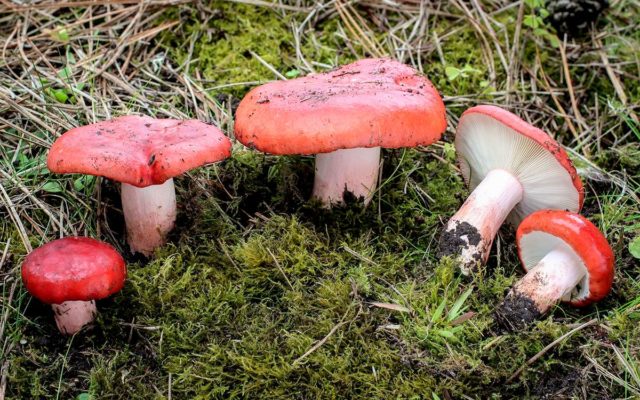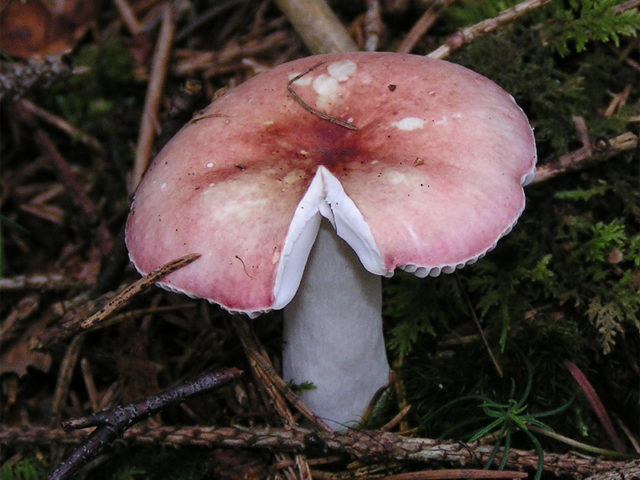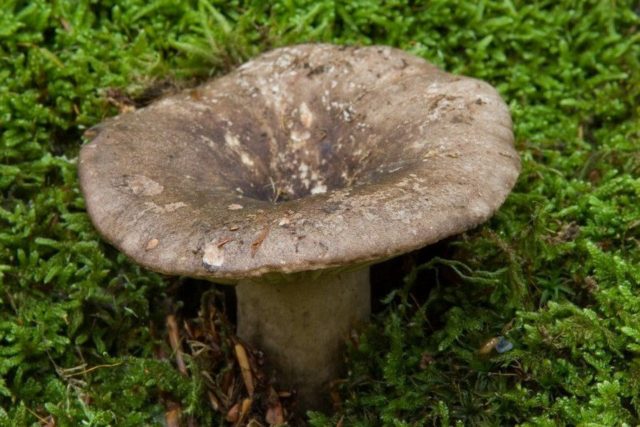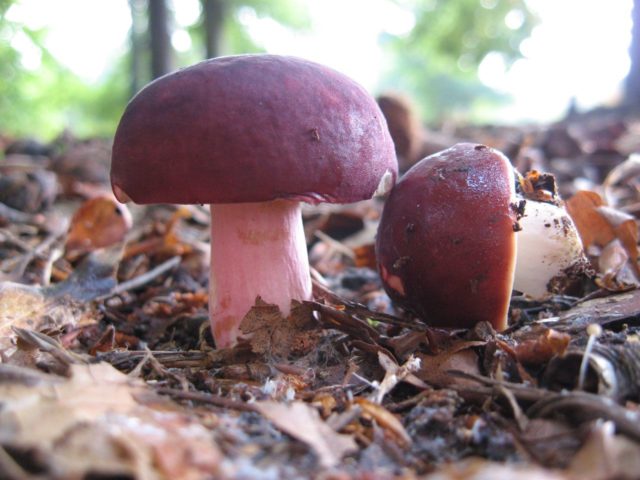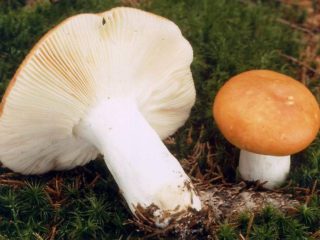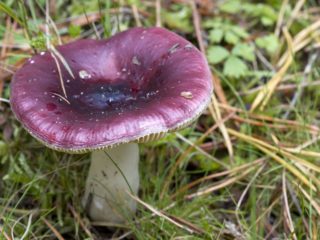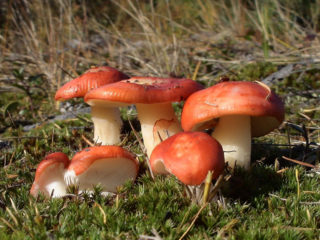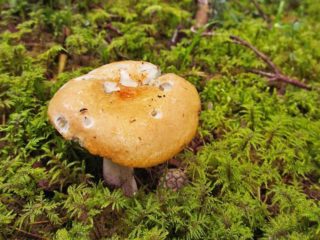Content
The blood-red russula belongs to the russula genus, russula family.
The name says it can be eaten even raw. Hence, they are safe. These mushrooms are not recommended for food. The blood red variety does not contain toxic elements, but the pulp has a bitter, unpleasant, pungent taste.
Where blood red russules grow
Inedible blood-red mushrooms are often found in North America and Europe. Also, this species is common in the countries of South America, Australia. They settle in mixed pine forests. Occasionally grow in open areas. The blood-red russula prefers sandy, acidic soils. Grows in groups. As a rule, they form mycorrhiza with pine. The fruiting period is August and September.
What blood red russules look like
When the fungus appears, the shape of the cap is convex, over time it becomes flat. Diameter 3-10 cm. The color of the upper part of the russula is blood-red, purple-brown, wine-red. When growing in a sunny area, the color fades, becoming poorly yellow.
The blood-red skin is difficult to remove. In the absence of rain, the surface is dull, in wet weather it is shiny, slightly sticky. The edges are wavy, slightly ribbed.
Branched, frequent, narrow plates are located under the cap. They intertwine, slightly descending on the leg. The shade of the plates is first white, then beige.
The leg has a cylindrical shape. In old mushrooms, it is hollow inside, it is never spongy. The structure is solid, smooth. Height 3-8 cm. The color of the bottom of the blood-red russula is red or pink. More intense shade at the bottom. With age, the leg turns yellow.
The flesh is firm, white or reddish. Slowly turns gray at the break. There is no smell. The spores are ovoid, with a barely visible mesh, and warty. The powder is light yellow.
Is it possible to eat a blood-red russula
Blood-red russula is classified as an inedible variety. Mushrooms are not poisonous, but they are not recommended for human consumption. The russula pulp has a bitter taste not only raw, but also boiled. Mushrooms can cause minor gastrointestinal disorders.
How to tell a blood red russula
The typical shape of the blood-red russula is easily confused with other mushrooms that have a red cap. Diagnostic features of this type:
- lack of a pink tint on the leg;
- semi-matte, not bright cap with a slightly tubular edge;
- slightly graying pulp;
- confined to pine.
Doubles:
- Russula blackening - conditionally edible mushroom. The surface color of the upper part is off-white or brown. The shape is flat or convex, depending on the age of the fungus. There are often cracks on the cap. Cylinder-shaped leg. Fruiting occurs in summer. These twins are found in deciduous forests, spruce forests. They grow in groups.
- Another relative of the blood-red fungus is the russula rusculus... Edible representative of this type. The hat is matte, convex, burgundy. The pulp emits a strong herring aroma, one that disappears during heat treatment.They grow mostly singly.
Poisoning symptoms and first aid
There are four groups of poisonous mushrooms. Russula, pigs, nigella belong to the last, 4 type. They all contain milky juice. The picture of poisoning is the same.
Symptoms:
- vomiting;
- dizziness;
- diarrhea;
- thirst;
- general weakness;
- nausea;
- pain in the abdomen.
The gastrointestinal upset lasts one to two days. Then comes recovery, if appropriate measures are taken.
First aid:
- Calling an ambulance or delivering a patient to a medical facility.
- Gastric lavage. For this, a weak solution of potassium permanganate is used. You can also add several activated charcoal tablets there. Or drink them after.
- Drink plenty of fluids.
- Provoking gag reflexes. A solution of sodium chloride or mustard powder is used.
- Taking laxatives or a cleansing enema.
- Before the arrival of an ambulance, a person with poisoning is wrapped warmly if there is a chill on his face.
- In case of severe dizziness, the patient is given strong tea.
In case of poisoning, you do not need to give the victim alcohol. This will only speed up the absorption of the poison by the body. Food products will also harm, it is better not to feed a person with anything, but exclusively to drink warm drinks or water. Pain relievers, especially pills for vomiting or diarrhea, will not add value. The worst cases of poisoning are the elderly and children.
Conclusion
Blood-red russula is a mushroom that is best avoided. This subspecies has a rather bitter pulp, even with heat treatment, it does not change its taste characteristics. Meanwhile, use can provoke a slight deviation in the work of the intestines. Normalization of the state will come after a couple of days.
